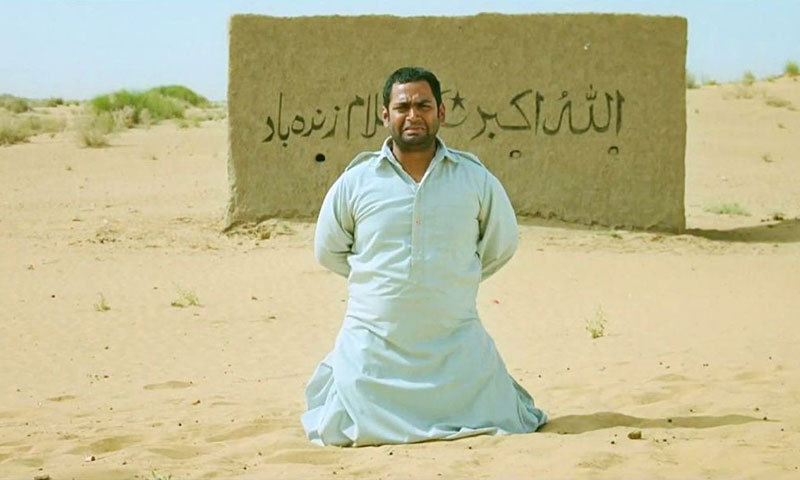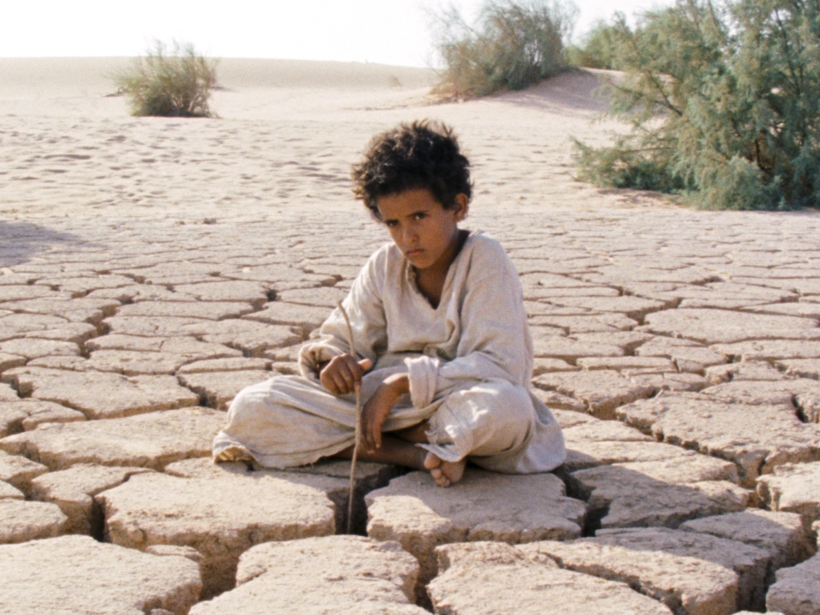Did you spend last Friday spending four hours scouring through Netflix, constantly pressing through a swarm of films that could either be masterpieces or a load of ‘meh’? Do you want to find something unique to watch with the artsy, socially conscious friend you’ve invited over for a movie night? Do you want to expand your palate of films beyond superhero movies and Office episodes you’ve watched at least three times already? Do you want to spend some time immersed in another culture without having to leave your living room?
International films on Netflix can be an especially difficult place to navigate, as much of the library consists of inaccessible arthouse fare that won some awards but virtually no audience or crummy action films that smash together the slapstick of the Three Stooges with action setpieces that would make Jason Bourne’s head spin.
I’ve put together a short list of three films if you’re considering a break from the normal movie night and want to wander (without too much culture shock, cinematically or otherwise) into some distant or not-so-distant lands. These are just appetizers before developing a taste for international film genres, so they’re not necessarily the “best” international films on Netflix, just some of the ones I find the most accessible to newbies of international cinema.
1. Filmistaan

Indian movies bring a lot to mind. Absurd dance routines, crazy car chases, slapstick humor, and mustachioed embodiments of machismo to name a few. Thoughtful dramedy about India/Pakistan relations is definitely not one. Filmistaan, an Indian film originally screened at the Busan International Film Festival, did not receive its nationwide release in India until 2014. It’s a shame this film doesn’t get more recognition, treading a very thin line between embracing the ridiculousness of the cinematic legacy of India it draws from (the main character is a Bollywood fanatic and aspiring actor) and the harsh realities of the tensions at the border between India and Pakistan.
The film’s initial premise serves as a kind of foil to the corny Bollywood-style narratives most people associate India with. Opening on Suneet, or “Sunny,” a perpetually out-of-work actor, struggling through several auditions with a less-than-mediocre talent to balance out his delusional dreams. Eventually, however, Sunny does get a role in a film, only this time he’s the assistant director, and he’s working for an American film crew looking to film at the dangerous border between India and Pakistan.
Next thing you know, hapless Sunny, a Pujabi Hindu, gets captured by Islamic militants, who trap him in a crudely constructed jail cell in a small village on the border in the hopes of retrieving some information on the Americans he worked for or a hostage trade. Unfortunately for them, the villagers around him partake in the highly illegal trade of foreign films, peddled by the very owner of the house Sunny’s confined in. Sunny’s knowledge of film endears him to the population, and before long, the Indian makes fast friends with a large group of Pakistani film enthusiasts.
I don’t want to give too much away beyond that, but leaves the viewer both educated and inspired by the efforts of Sunny to connect with his captors. Sunny encourages the isolated villagers to dream, empowering them with the timeless gift of storytelling. Filmistaan portrays film as a natural bridge between disparate peoples, with romance, humor, and music as unifiers in a very divided world. For the makers of Filmistaan, real change may not be in the hands of politicians and policymakers, but in the artists around the world who focus less the borders between us and more on sharing the stories inside us.
2. Sing Street

You may not know the name John Carney, but his work on the breakout hit Once, which, recently adapted into a Broadway musical of the same name, rocketed him to indie filmmaker fame back in 2007. The film featured the hit folk song, “Falling Slowly,” written by its star, Glen Hansard. The song went on to win 2007 Academy Award for Original Song and some cover version probably plays frequently at your local coffee shop. An Irish filmmaker facing sudden success, Carney leveraged his breakout hit for a deal with producer Judd Apatow to direct an $8,000,000 American musical (while still a modest budget, this number marks a significant upgrade to the $150,000 price tag of Once). Starring Mark Ruffalo and Kiera Knightley the film, the film, titled Begin Again, should have been Carney’s coming-out party to mainstream American filmgoers. Instead, while it did earn a very good return on investment, the transition to Hollywood filmmaker resulted in a loss of the musical magic that Carney composed in 2007. His next film, Sing Street returns to his Irish roots, casting mostly unknown actors in the main roles, cutting the budget of his previous film in half. Emulating a lo-fi musical setup backed up by fantastic talent rather than brutalized with over-production, Sing Street is a return to form for the director, speaking to the crazy dreamer in all of us through a great script and even better music.
Centering on the journey of teen Conor Lawlor, who goes from awkward outcast to promising rock musician in a little under two hours, the film takes place in 80s Dublin. After meeting the aloof wannabe model Raphina (played by Lucy Boynton) and falling head over heels for the mysterious delinquent, Conor does the only sensible thing to impress the girl of his dreams: start a band. By sheer luck or curious providence, the hodgepodge gang of amateur musicians under the leadership of Conor and rabbit-loving musical prodigy Eamon (hilariously portrayed by Mark McKenna) manages to make some great music. Carney, who put together a team of excellent musicians and songwriters to compose the teen rock anthems, leaves viewers with rhythms that I guarantee will replay in your head for days, even if you don’t listen to the original soundtrack on Spotify on repeat, which you will be tempted to do. Although not an indie film per se (it was distributed by the Weinstein Company and Lionsgate), Carney strips away much of the over-production that plagued Begin Again and crafts a stripped-down experience that celebrates the raw, whimsical nature of youth, creativity, and the dreamer in all of us. I’ve seen it two times with small groups of friends and after each viewing, the entire room erupted with the echo of ludicrous hope, “WE SHOULD START A BAND!” After watching Sing Street, you’ll probably say this too.
3. Theeb

Out of all of these films, Theeb is the least accessible, with more than a few sections that linger a little too long on unimportant details and desolate vistas. However, I would recommend people to watch this film because of how it successfully captures the spirit of classic minimalist Hollywood adventures like The African Queen or True Grit and transplants it to the Arabian desert. Directed by British-Jordanian filmmaker Naji Abu Nowar, the film represents a magnificent step forward for Middle-Eastern cinema. Gritty and intense, the film pits the titular young Theeb (a Bedouin orphan played by Jacir Eid Al-Hwietat) against both the elements and the raiders that patrol the World War I era wilderness of Wadi-Rum (a dry valley in Jordan more often referred to by westerners as The Valley of The Moon). With very little dialogue in English (and very little dialogue in any language) the film relies on its visual and auditory intensity to ratchet up the tension. The cinematography is top-notch for a Middle-Eastern production and so is the sound design. The terrifyingly beautiful landscape of the Arabian desert pops out in glorious color and depth.
The script is bare and simple, requiring solid acting from every cast-member involved to sell the rising tension. The story is similarly simple and raw, requiring images to carry on the plot instead of running on words. Like many of the Hollywood adventure films whose influence permeates through this film, the atmosphere occasionally obscures the story on several occasions (one of my few criticisms of the film) preventing the viewer from developing an emotional connection to the pre-pubescent protagonist. As the first Jordanian film nominated for an Academy Award, Theeb is not only a fantastic old-school wilderness adventure but a gateway film into the increasingly important and totally unique artistic landscape of Middle-Eastern film.
